This lab was a first at YHS, so both the students and their instructors, Ms. Lee and Ms. Dombroski, were rather unsure as to what the outcome would be.
Their goal was to add the “pGLO plasmid” to bacterial DNA, hoping to eventually to observe the bacteria glowing. A plasmid is a genetic structure in a cell that can be used in the manipulation of genes. The pGLO plasmid in particular was engineered to produce a glowing protein that was, in this case, green.
Molecular genetics has been occupying scientists and making world headlines increasingly over the past few years.
Scientist Roger Tsien pioneered the concept of using green fluorescent protein (GFP) to track cellular processes as they happen. His idea for an indicator dye stemmed from tracking an important chemical messenger, which led to to the manipulation of another critical universal messenger — cyclic AMP — and its natural protein sensor, cyclic-AMP-dependent protein kinase, or PKA. By attaching a fluorescent dye to PKA, Tsien was able to detect when it bound to cyclic AMP through a colour change.
The breakthrough, however, occured when Tsien came up with the idea to insert the GFP gene into an organism’s genome, so whenever that particular gene is expressed, the protein produced has a fluorescent tag attached to it. Find the glow, and you find the protein.
For his incredible discoveries, Tsien was awarded the 2004 Wolf Prize in Medicine, and the 2008 Nobel Prize in Chemistry.
In recent years, the chemical manipulation of DNA has also helped determine the extent of bioaccumulation in organisms. Heather Braid from the University of Guelph used DNA barcodes to establish the presence of toxins in the cells and tissues of giant squids, a discovery that carries serious implications not only for the future of the squid, but for the marine environment as a whole.
Back at YHS, not only were the students successful in transforming the bacteria’s DNA, but also they were then able to purify the fluorescent protein, called GFP, itself. Exclamations of “How cool!” could be heard from the biology lab as the girls shone the UV light over their samples. In the next few weeks, the students will be able to study this protein further with results as successful as before.


